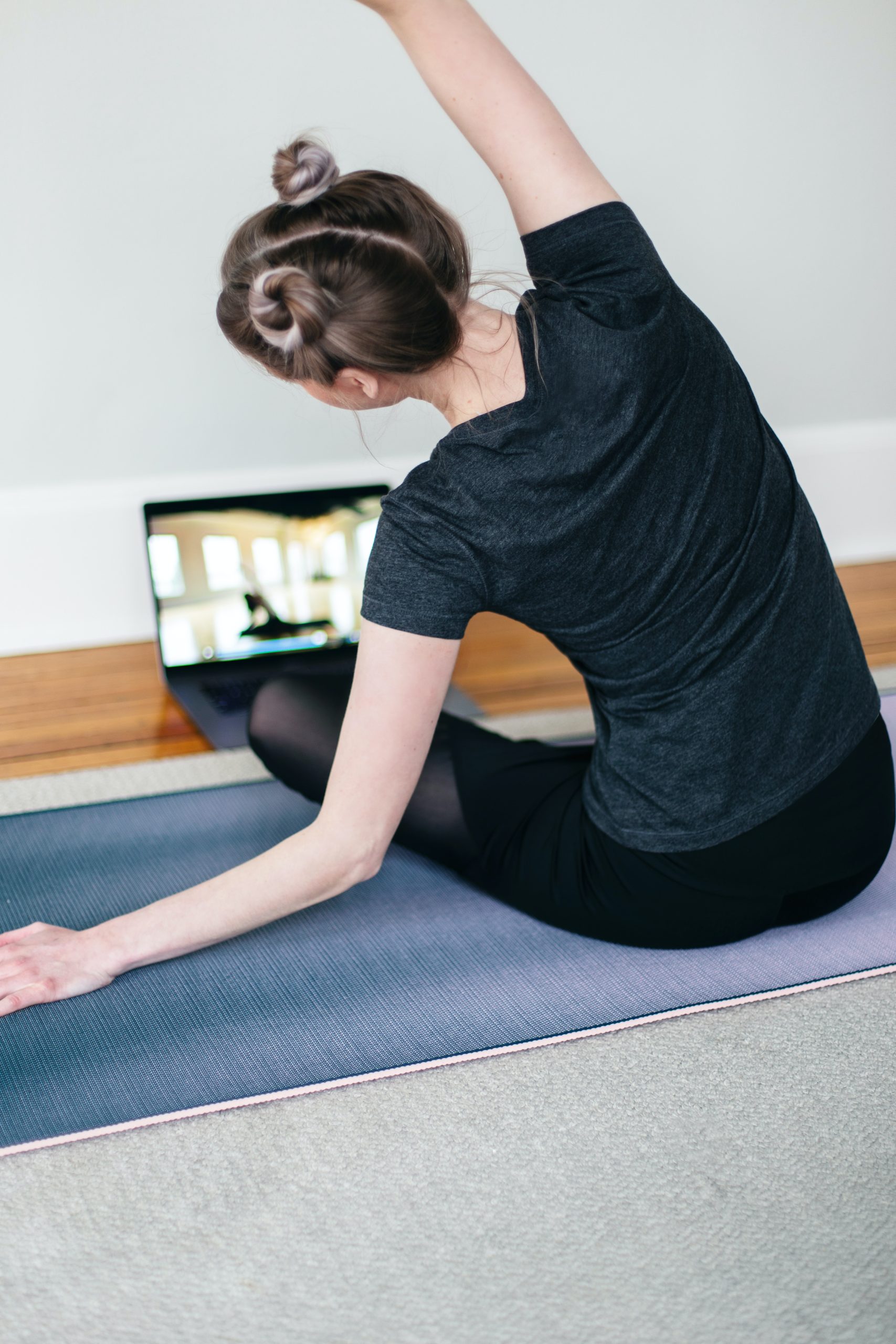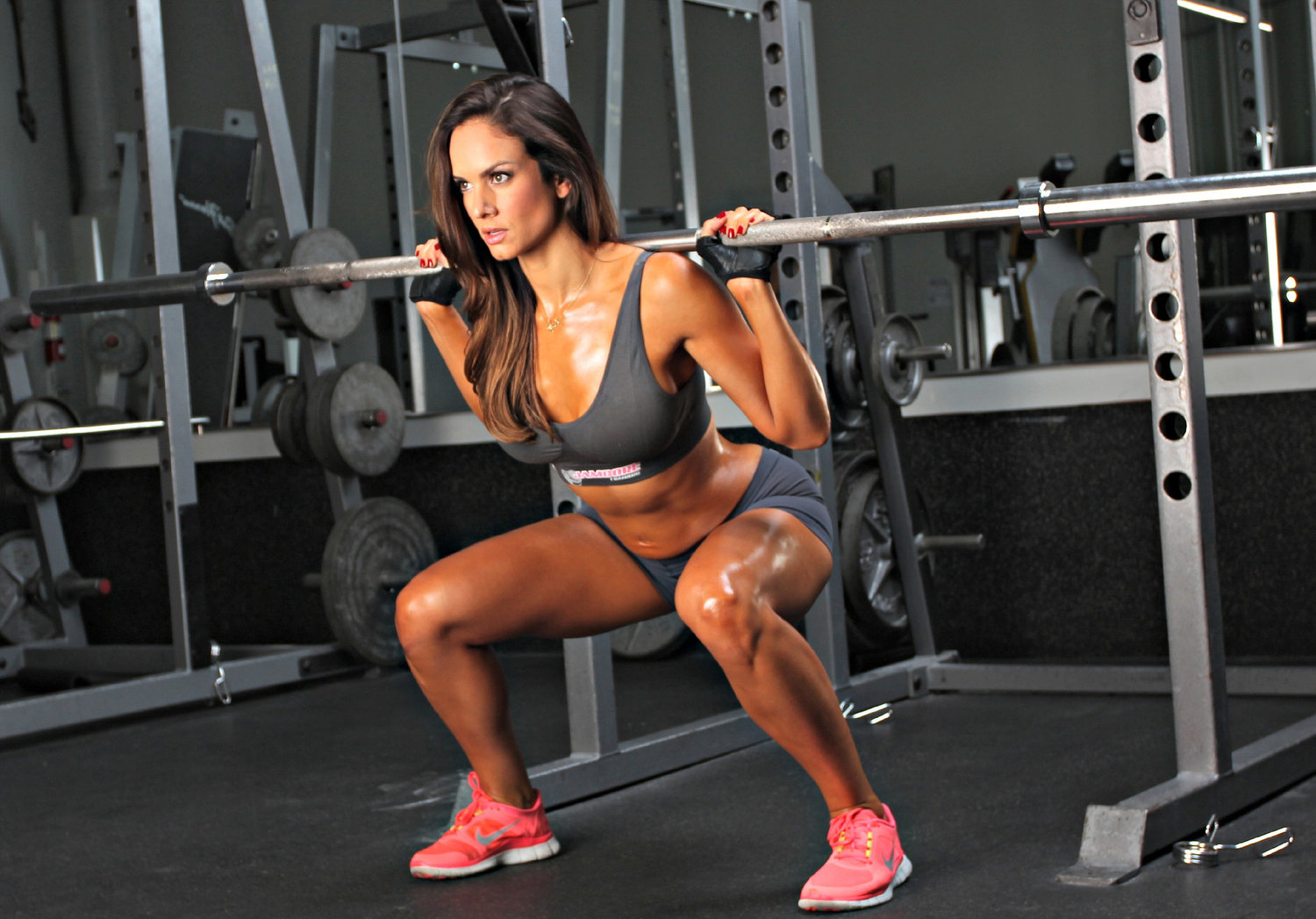Are you tired of hearing about the physical-activity divide? It’s a well-known fact that some people are simply more active than others. But what can we do to close this gap and promote active lifestyles for all? In this blog post, we’ll explore strategies for getting everyone up and moving, from kids to adults. Whether you’re a fitness enthusiast or just looking to be healthier, these tips will help you take charge of your physical activity levels and feel great about your body!
What is the Physical Activity Gap?
Physical inactivity is the single most important preventable risk factor for chronic disease and death worldwide. It’s also a global epidemic, with more than 1.3 billion people aged 15 or over living in regions where insufficient physical activity is the norm. The Physical Activity Gap refers to the difference between what we know about how much activity is needed to prevent chronic diseases and how much of the world’s population gets the recommended level of physical activity.
The Physical Activity Gap has been widening since 1990, when only 18% of men and 27% of women reported meeting recommendations for moderate-to-vigorous physical activity (MVPA). In 2008, these percentages had increased to 31% and 38%, respectively. This trend reflects declining rates of physical activity among all age groups – especially among young people and those who are not economically active.
There are many reasons why people don’t get enough exercise: they may be too busy, lack access to parks or other opportunities for physical activities, or find it hard to get started on their own. To address the Physical Activity Gap, governments, communities and individuals need to work together to promote healthful behaviors that include regular physical activity. Here are some strategies for closing the gap:
1) Invest in public health infrastructure that supports healthy lifestyles. Governments can help create environments that support healthy behaviors by investing in public health infrastructure such as parks, recreation areas, bike lanes and sidewalks. They can also fund programs that
The Relationship between Race and Physical Activity
The physical activity gap between white and black Americans has been well documented and remains a significant public health problem. A recent study by the Centers for Disease Control and Prevention (CDC) found that, inactivity rates for black adults were almost twice as high as rates for white adults. This racial disparity is also seen across all age groups, with blacks being less likely to be physically active than whites.
One potential reason for this relationship between race and physical activity is that African Americans are more likely to experience social barriers that discourage regular physical activity. Social barriers include stereotypes about people of color being lazy or inactive, environmental factors such as poor air quality or lack of safe places to exercise, and personal factors such as poverty or lack of access to healthy foods.
There are many interventions strategies available to promote increased physical activity among African Americans. One approach is to target social barriers that impede regular physical activity. Strategies that have been successful in reducing the social barrier to physical activity include media campaigns targeting children and young adults, community-based interventions that create safe environments for exercise, and targeted messages delivered through health care providers.
Another approach is to increase access to healthy foods in neighborhoods with high concentrations of African Americans. This can be done through initiatives like community gardens or food hubs, which provide affordable food options near homes, or by increasing access to SNAP benefits (formerly known as food stamps). Increasing access to healthy foods has been shown to reduce obesity rates among low-income populations in general, but it
Closing the Gap through Social Marketing
Active lifestyles are becoming more and more popular, as people become increasingly aware of the health benefits associated with being physically active. However, there is still a gap between the physical-activity levels of different groups in society, with those who are most active generally having lower rates of obesity and other chronic diseases.
There are a number of ways that social marketing can be used to close the gap on the physical-activity divide. One approach is to use campaigns that target those who are least active, or who have not been active for a long time. This can be done through ads or promotional materials that focus on why being physically active is important, as well as providing information about available programs and resources.
Another way to close the gap on the physical-activity divide is through targeted interventions. This means providing support and resources to individuals or groups who need it most, such as low-income or minority groups. interventions can take many forms, from workplace programs that promote healthy eating and exercise habits to community gardens that provide residents with fresh vegetables and fruit.
Overall, social marketing can play an important role in promoting activity among those who may not be currently engaged in physical activity. By targeting specific populations and using effective strategies, we can help close the gap on the physical-activity divide and improve our overall health outcomes
Closing the Gap through Policymaking
Active living can have a profound and positive impact on health, well-being, and economic productivity. However, in many parts of the world, people remain inactive despite the availability of options for physical activity. This “physical-activity divide” is widening with each year as more and more people adopt sedentary lifestyles.
There are several reasons for this gap: social norms (e.g., implicit attitudes); lack of infrastructure (e.g., limited access to parks or sidewalks); economics (e.g., high costs of active transportation); and cultural factors (e.g., abstinence from physical activity in some cultures). To address the physical-activity divide, governments must implement policies that promote active living across all segments of society.
In order to close the gap, governments must:
1) Promote social norms that support active lifestyles. It is important to create a climate where physical activity is seen as acceptable and desirable by society at large. Governments can do this by funding campaigns that target youth, public service announcements, public health information campaigns, and other means of reaching a wide audience.
2) Build infrastructure that supports active living. This includes expanding accessible public spaces such as parks and sidewalks; installing bike lanes and pedestrian paths; developing fitness facilities; and creating incentives for employers to invest in active workspaces or transportation options for workers .
3) Encourage economic investment in active transportation options . Investments in alternative forms of transportation can help reduce carbon emissions and increase efficiency
Conclusion
Physical activity is an important part of healthy living, and as we work to close the gap on the physical-activity divide, it’s vital that we promote active lifestyles across all population groups. We can start by creating more opportunities for people of all ages and abilities to be physically active, through initiatives like Active Lifestyles Month and encouraging media literacy around health & fitness. As we work together to increase physical activity levels in our communities, we can help ensure everyone has access to the health benefits that come with being physically active.










